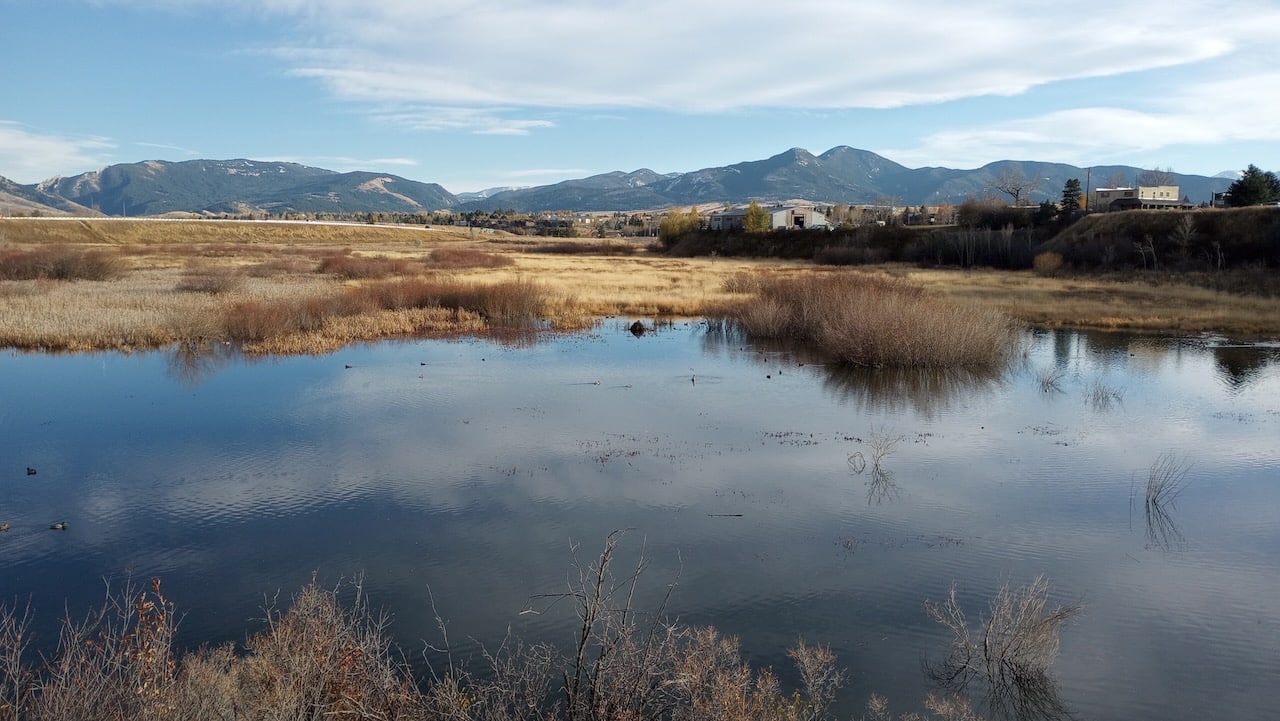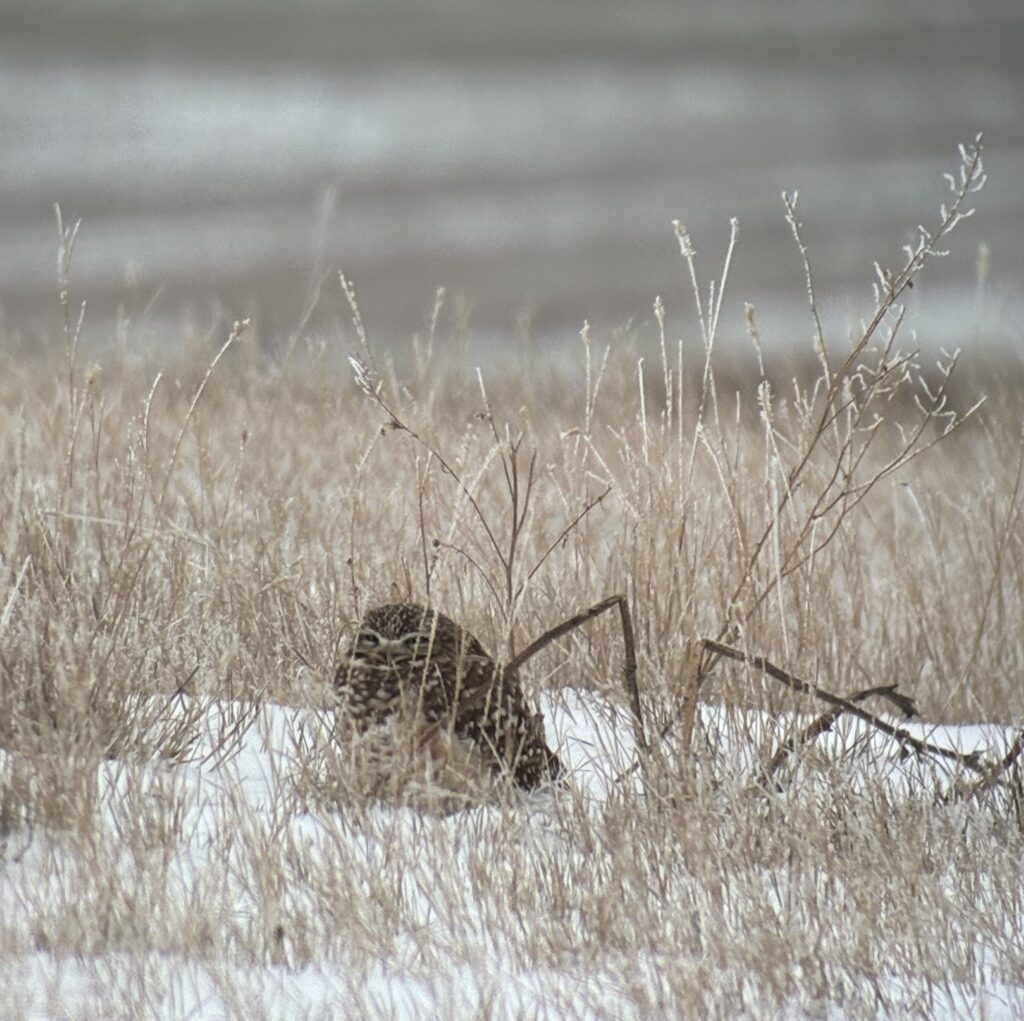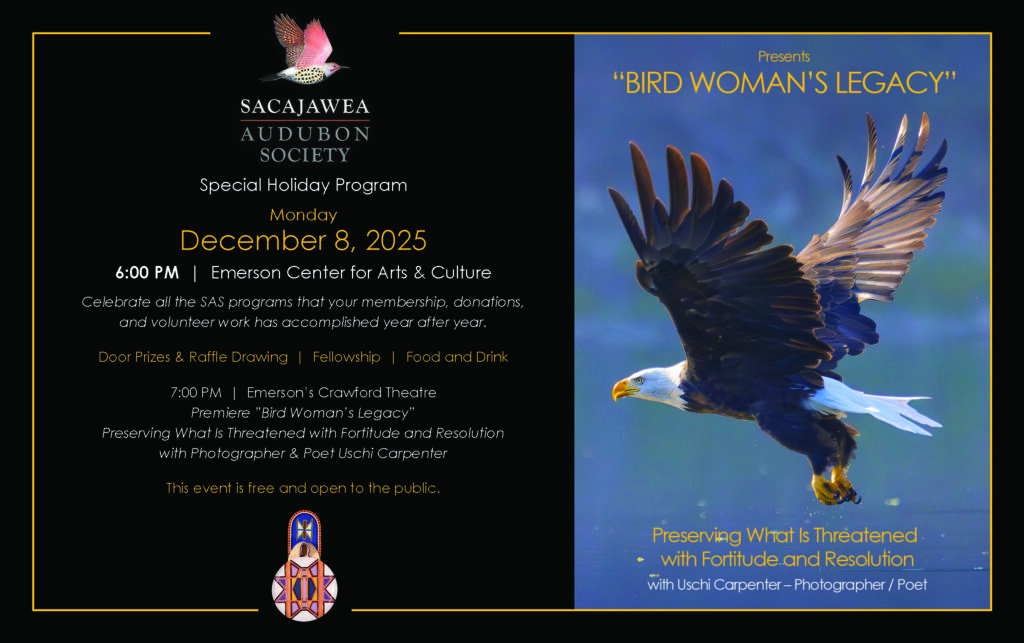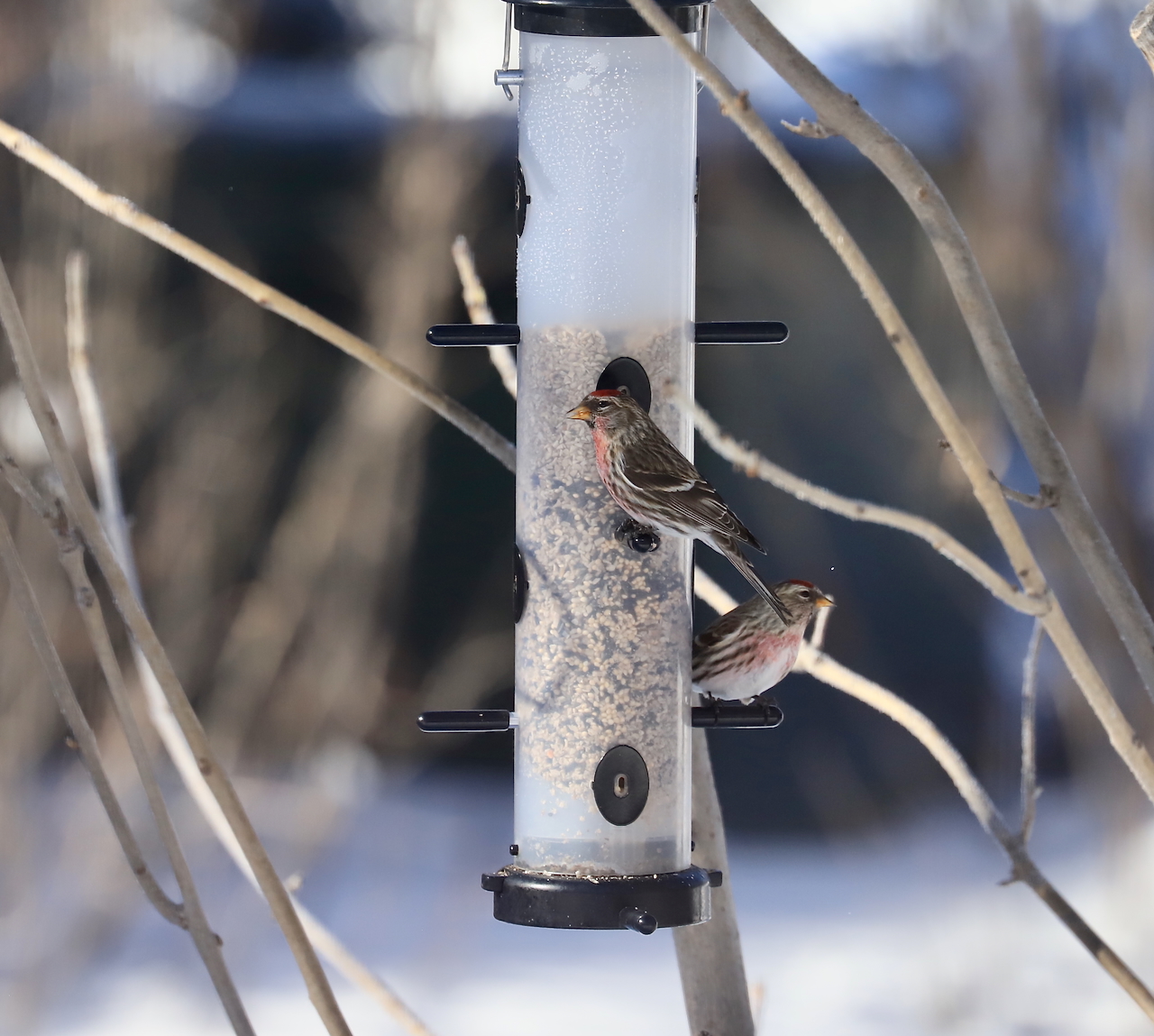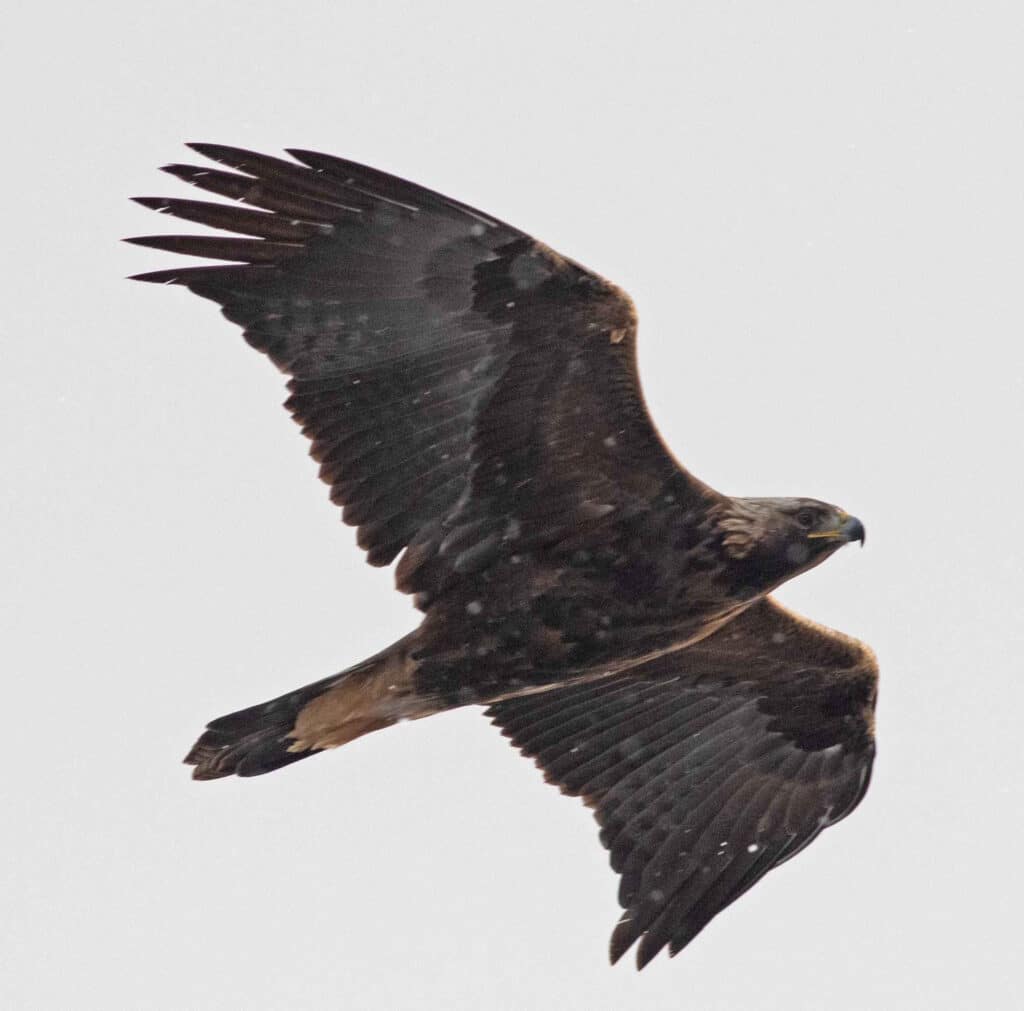THE WETLAND PRESERVATION PROJECT (WPP) was initiated to accomplish Sacajawea Audubon Society’s mission to protect and restore increasingly rare wetland and riparian habitats in our region, and to provide educational opportunities and enjoyment for generations to come. The IAWP is the first of our wetland protection projects.
Brief summary of the Avian Point Count Report for Indreland Audubon Wetland Preserve 2024
3rd Annual Progress Report
By Victoria Ann Saab, Sacajawea Audubon Society Board Member & Scientist Emeritus USDA Rocky Mountain Research Station
Avian point count surveys were established in spring 2022 to provide baseline information on avian species richness, species abundance, and species diversity at the Indreland Audubon Wetland Preserve (IAWP) managed/owned by Sacajawea Audubon Society (SAS) in Bozeman, Montana. Point count data are being collected to provide a standardized and repeatable method for evaluating changes in avian metrics (number of bird species and abundance of each species) related to proposed wetland restoration activities and the potential designation as a wetland mitigation bank.
During the 2024 field season, we conducted point count surveys at 9 established point count locations within the IAWP. We were able to collect data at all point count stations even with open and high-water levels.
Sixty-five bird species (species richness) and 2,072 individuals (species abundance) were recorded during 14 point-count surveys in 2024 at 9 stations from mid-April through mid-October.
The most notable changes in 2024 compared to 2022-2023 were the additions of three duck species: Blue-winged teal, Canvasback and Lesser Scaup. The Eastern Kingbird has had the greatest increase in abundance overall.
We are grateful to all observers that conducted point count surveys and entered data into eBird, which allowed for more efficient data entry and data management to complete this report: Kristen Bontadelli, Kevin Cox, Ben Goodheart, Angie Kociolek, Sam Koenen, Doug McSpadden, and Victoria Saab.
The complete report, including a table of species, can be found on the Bozeman Wetlands website. https://bozemanwetlands.org/WP/

